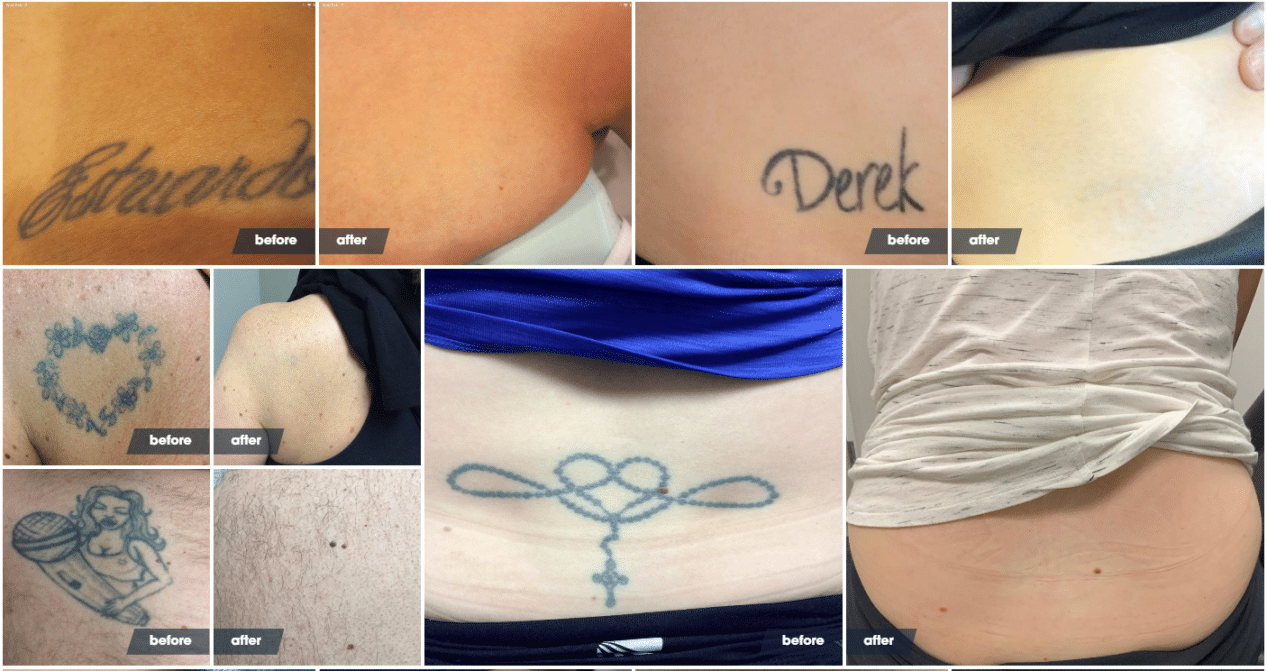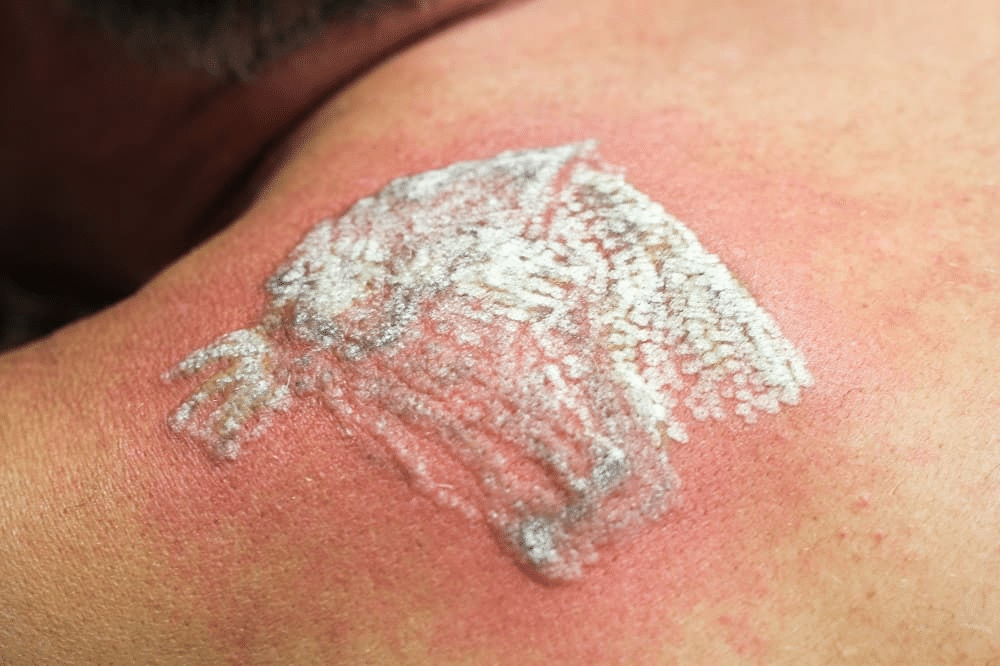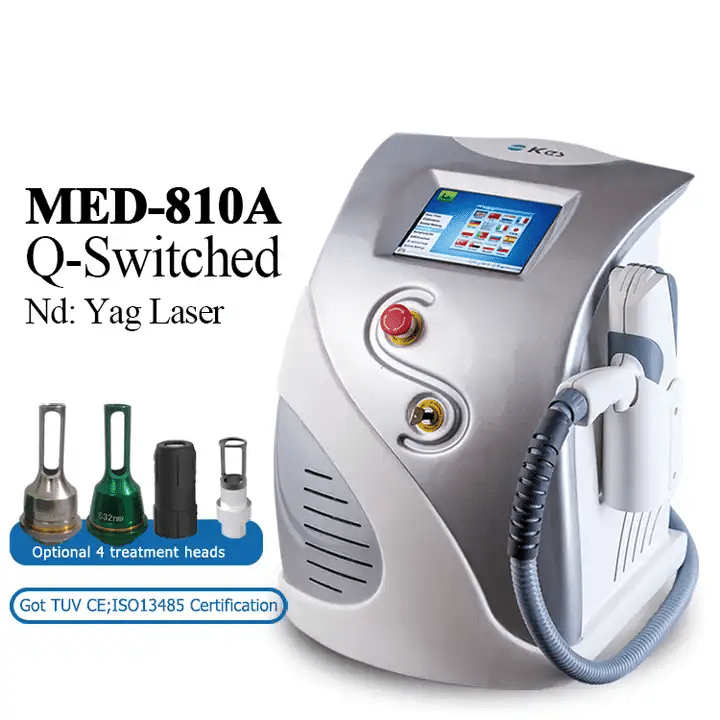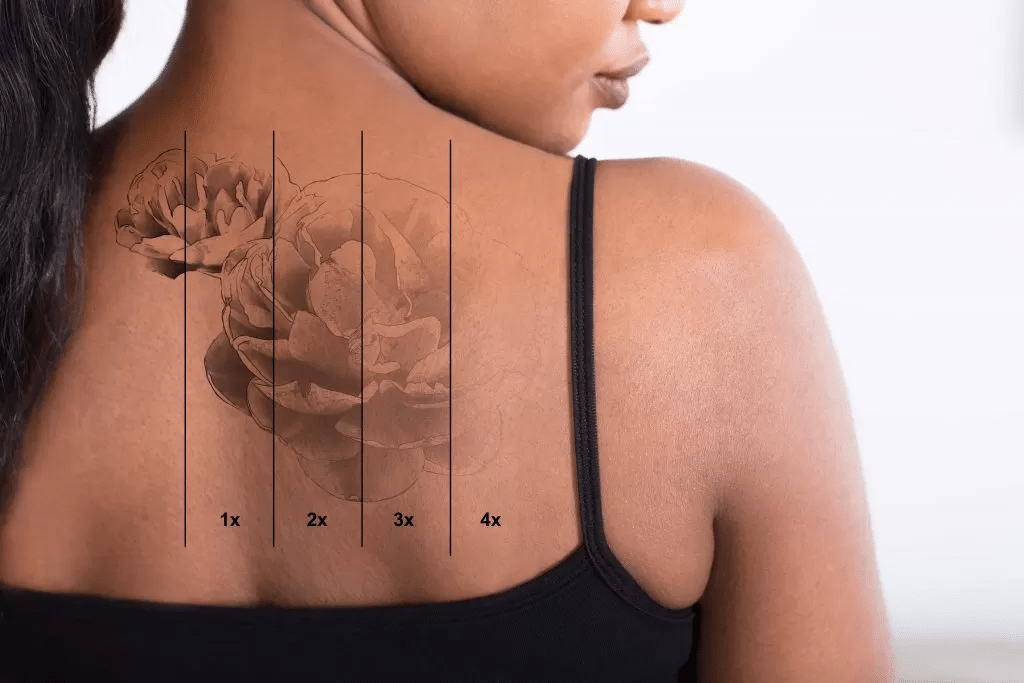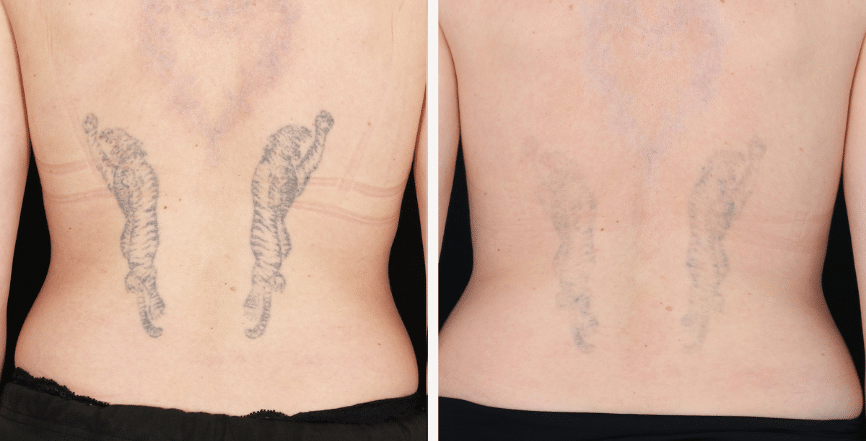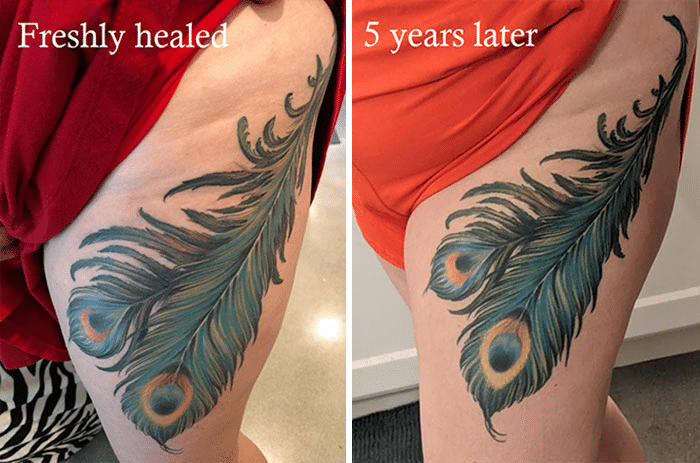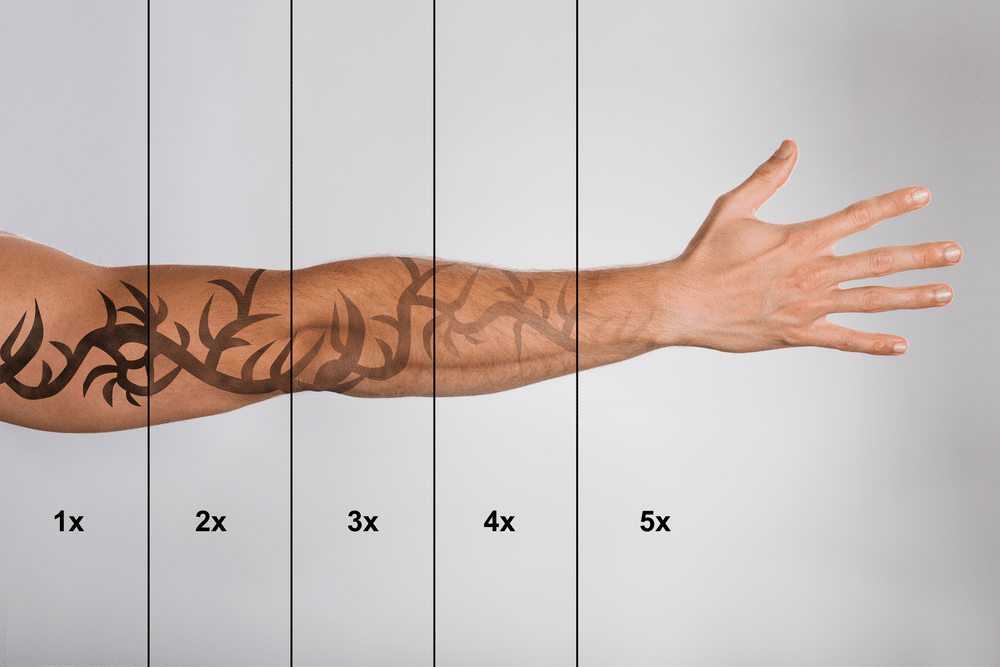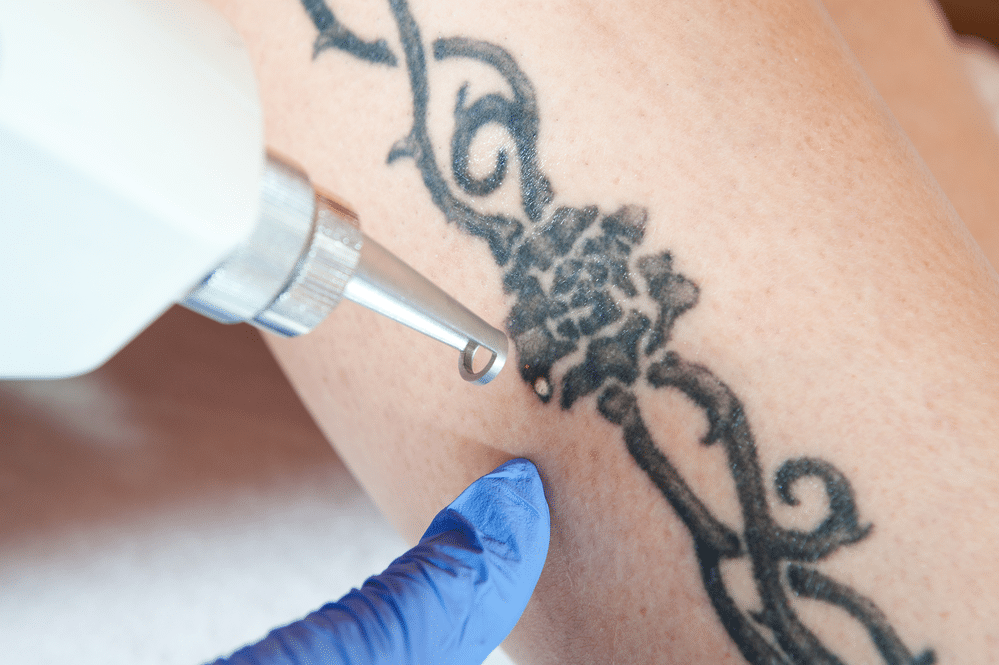Can Laser Tattoo Removal Cause Scarring?
Tattoos are becoming more prevalent, with about 30% of Americans having at least one tattoo. However, as people’s tastes and preferences change over time, they may regret getting certain tattoos or no longer wish to have them. This is where tattoo removal comes in, and laser tattoo removal has become increasingly popular. But with any medical procedure, there are risks and concerns, one of which is scarring. So, the question is, how common is scarring after laser tattoo removal?
Further Reading: About Laser Tattoo Removal
Laser tattoo removal is a procedure that use powerful lasers that penetrate deep into the skin and are able to permanently remove the ink particles within the cells that give the color to the tattoo. There are different types of lasers(Q-switch laser and pico laser) work on removing tattoos, depending on the color of the ink of the tattoo.
Does Laser Tattoo Removal Leave Scarring?
The laser targets and breaks down the ink particles in the skin without damaging the surrounding tissue. When the laser energy is delivered at the correct levels and in the correct manner, the body’s natural healing process can then remove the broken-down ink particles from the skin. As a result, most patients experience minimal scarring.
Laser tattoo removal before and after
That being said, improper laser protocols can increase the risk of scarring. If the laser energy delivered per area is too excessive, pinpoint bleeding and scarring can occur. This is why it’s crucial to choose a reputable and experienced laser tattoo removal professional who knows how to properly use the laser and follow the correct protocols.
It’s also worth mentioning that common side effects of laser tattoo removal, such as blistering and scabbing, are not necessarily indicators of scarring. In fact, these side effects are a normal part of the tattoo removal and healing process. However, picking at scabs or not properly caring for blisters can lead to scarring, so it’s important to follow proper aftercare instructions to minimize the risk of scarring.
Overall, while scarring from laser tattoo removal is possible, it’s a rare occurrence when proper protocols and aftercare are followed. It’s important for patients to choose a qualified and experienced professional, follow proper aftercare instructions, and understand the potential risks and outcomes before undergoing laser tattoo removal.
Related Laser Tattoo Removal Machine:
| Image | Product | Technology | Laser wavelength | Applications |
|---|---|---|---|---|
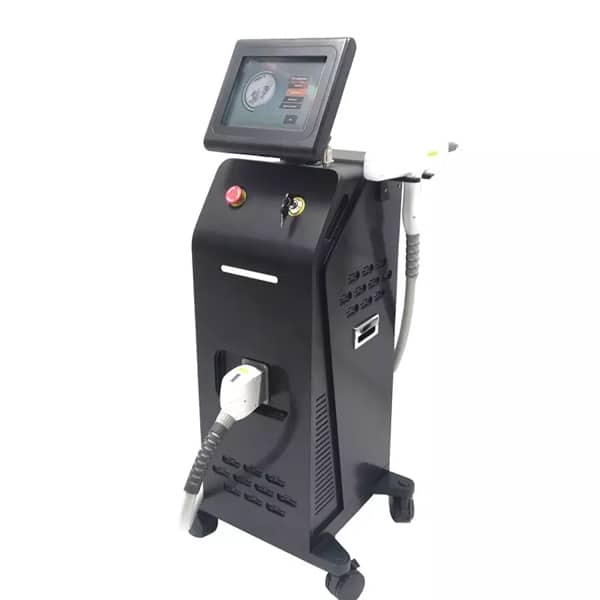 | Q-switched ND YAG Laser | Q-switch lasers | 1064nm/532nm/1320nm/755nm | Tattoo removal. Pigmentation removal, and laser carbon facial |
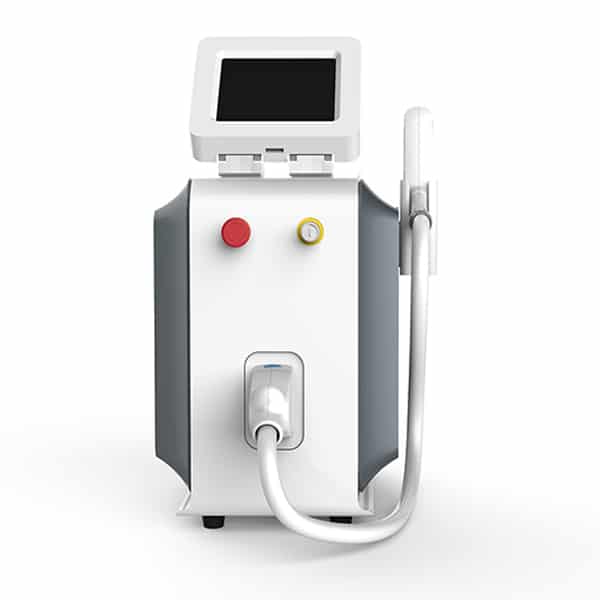 | Q switch ND YAG Laser tattoo removal machine | Q-switch lasers | 1064nm/532nm/1320nm | Tattoo removal. Pigmentation removal, and laser carbon facial |
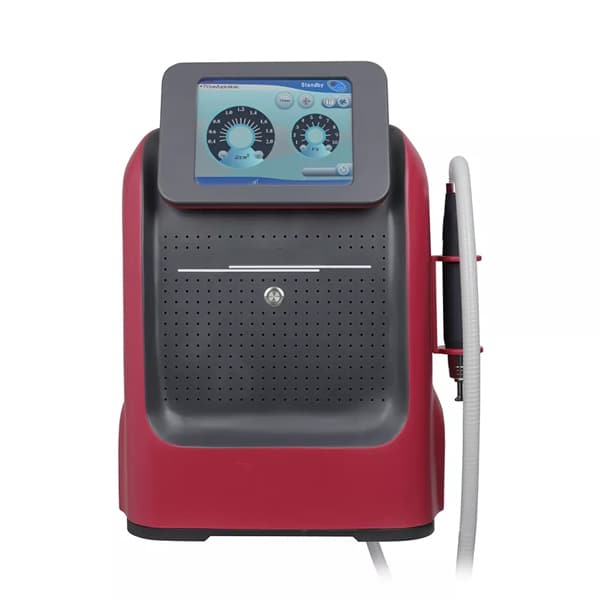 | Picosure laser machine | Pico laser | 1064nm/532nm/1320nm/755nm | Tattoo removal. Pigmentation removal, and laser carbon facial |
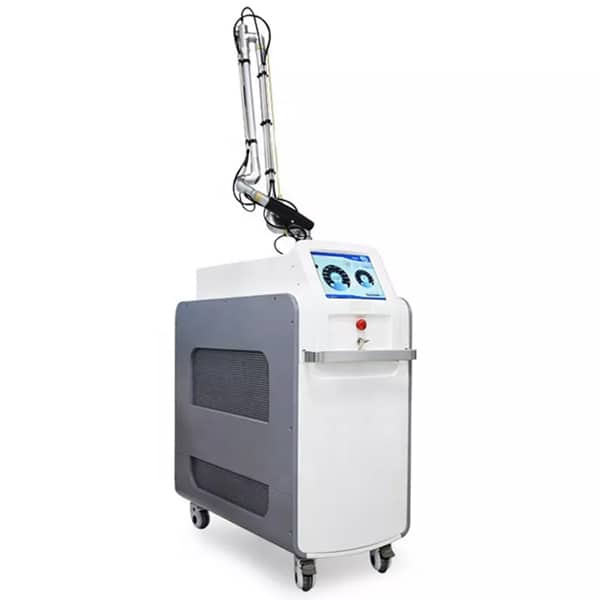 | Picoway laser machine | Pico laser | 1064nm/532nm/1320nm/755nm | Tattoo removal. Pigmentation removal, and laser carbon facial |
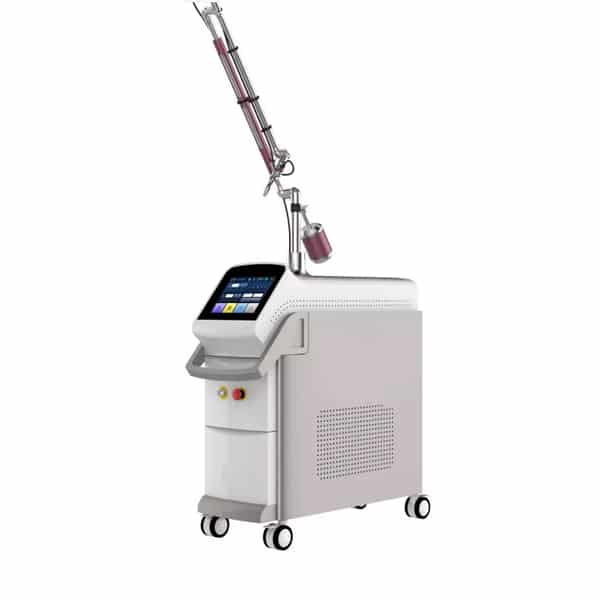 | Picosecond laser machine | Pico laser | 1064nm/532nm/1320nm/755nm | Tattoo removal. Pigmentation removal, and laser carbon facial |
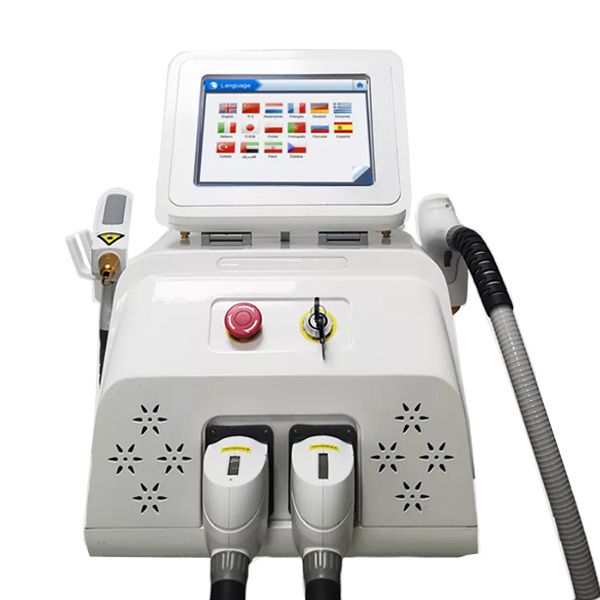 | ND YAG Laser tattoo removal machine | Q-switch lasers | 1064nm/532nm/1320nm | Tattoo removal. Pigmentation removal, and laser carbon facial |
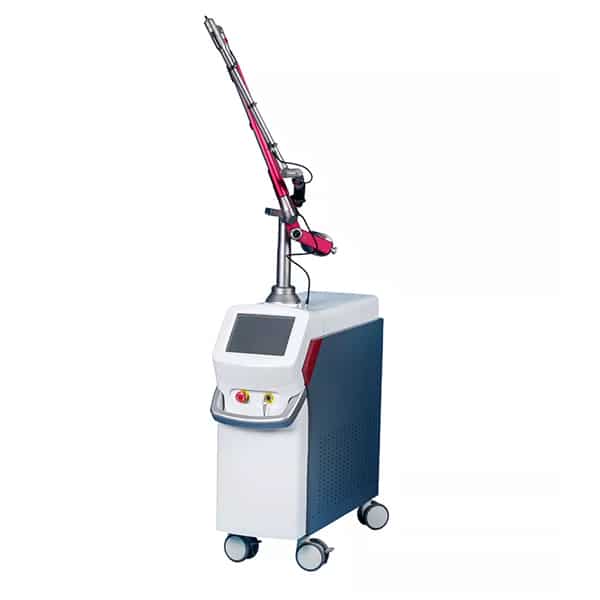 | EO Active Q-Switched ND YAG Laser Machine | Q-switch lasers | 1064nm/532nm/1320nm/755nm | Tattoo removal. Pigmentation removal, and laser carbon facial |
What Are Common Side Effects and Why Does Scarring Occur?
One of the most common side effects of laser tattoo removal is blistering. Blisters can occur as a result of the skin’s reaction to the laser energy and typically form within 8-72 hours after treatment. While blisters can be uncomfortable and unsightly, they are a normal part of the healing process and will typically go away on their own within a few days. Other common side effects may include redness, swelling, and scabbing.
Improper laser protocols can increase the risk of scarring. When the laser energy delivered per area is too excessive, it can cause pinpoint bleeding and scarring. Additionally, the use of incorrect laser wavelengths or settings can damage the surrounding tissue and lead to scarring. This is why it’s crucial to choose a reputable and experienced laser tattoo removal professional who knows how to properly use the laser and follow the correct protocols.
Proper aftercare is also crucial in preventing scarring and minimizing other potential side effects. It’s important to follow the aftercare instructions provided by the laser tattoo removal professional, which may include keeping the treated area clean and dry, avoiding excessive sun exposure, and avoiding picking at any scabs or blisters that may form. Failure to properly care for the treated area can lead to scarring or other complications.
Why Do Some Patients Have Keloid Scars After Laser Tattoo Removal?
Another factor that can affect scarring after laser tattoo removal is a patient’s medical history. Some patients have a history of keloids, which are an overgrowth of scar tissue and may be predisposed to scarring. It’s important for patients to disclose any relevant medical history to their laser tattoo removal professional to minimize the risk of scarring.
In addition, every individual tattoo is different, and the size, color, and location of the tattoo can all affect the likelihood of scarring. Tattoos with more ink, larger size, and darker colors may require more laser treatments, which can increase the risk of scarring. Similarly, tattoos on certain areas of the body, such as the ankle or wrist, may be more prone to scarring due to the thinner skin in those areas.
while scarring is a concern with laser tattoo removal, it is a relatively rare occurrence when proper laser protocols and aftercare are followed. Patients should choose a qualified and experienced professional, disclose any relevant medical history, and follow proper aftercare instructions to minimize the risk of scarring. By taking the proper precautions, patients can achieve successful tattoo removal outcomes with minimal side effects.


